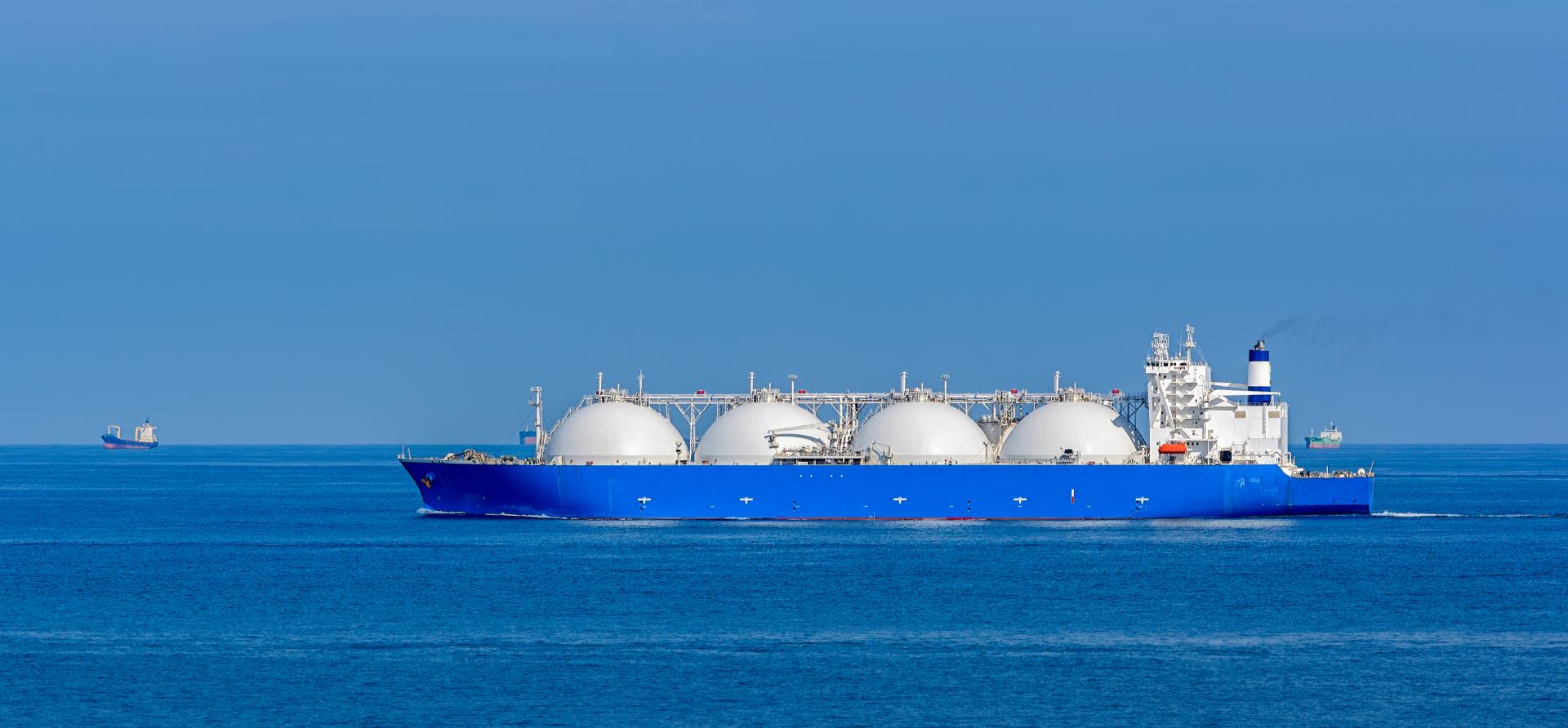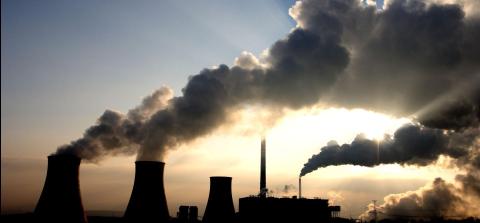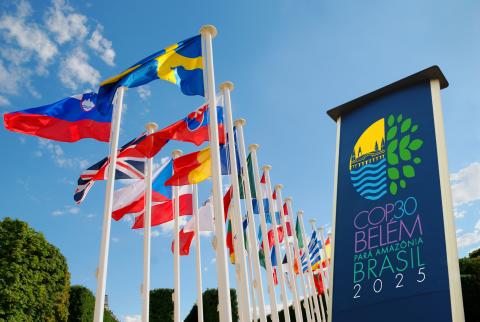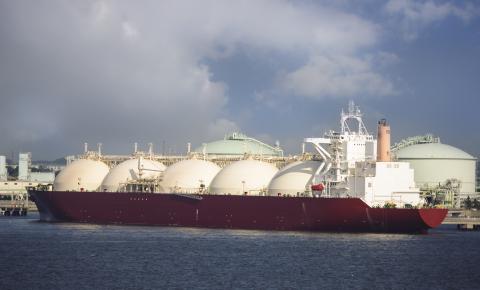Contracting debacles underscore long-term LNG risks in the Philippines

Key Findings
Two recent power contract disputes could cause further delays to ongoing liquefied natural gas (LNG) infrastructure projects and cast doubt on the economic viability of LNG expansion plans in the Philippines.
As contracts are renegotiated, generation companies will push to pass through volatile imported fuel costs to consumers, rather than previously agreed upon fixed energy pricing. If LNG costs are passed to households and businesses, the Philippines may continue to struggle with high electricity prices, which are already among the highest in Asia.
LNG-to-power contracts in the Philippines may be constantly subject to legal risks given the high costs and inherent volatility of LNG prices in global markets. Ultimately, however, fixed pricing terms are essential to protect consumers from the high costs associated with decisions to rely on foreign LNG.
Economic sustainability of LNG remains in doubt amid power deal issues and global price volatility
The Philippines purchased its inaugural shipment of liquefied natural gas (LNG) last week, as Atlantic Gulf & Pacific Co. (AG&P) aims to have the country’s first LNG import terminal fully operational next month.
However, two recent power contract disputes demonstrate the difficulty of pricing imported LNG into the Philippine market and cast doubt on the economic viability of LNG expansion plans. Both involve power plants — one existing and one proposed — that plan to run on LNG from the AG&P terminal. But with contracts to supply power now in flux, the timing, price, and amount of LNG that the country needs are still in question.
South Premiere Power Corp. (SPPC) and the Ilijan Plant
The first dispute involves the temporary suspension of a power supply agreement (PSA) between Manila Electric Co. (Meralco) and SPPC, a subsidiary of San Miguel Corp.’s power arm, SMC Global Power. Under the PSA terms, SPPC agreed to supply Meralco with 670 megawatts (MW) of power from the Ilijan natural gas plant at a fixed price of PHP4.1496 per kilowatt-hour (kWh).
Under fixed price terms, the power generation company bears the risk of higher fuel costs, not end-users. After global commodity prices skyrocketed in 2022, SMC Global Power reported PHP15 billion in losses and applied for an increase in the voluntarily agreed upon fixed price.
The rate hike was initially denied but an appellate court later suspended the PSA, allowing both parties to renegotiate the deal.
In March 2023, SPPC reached a separate emergency deal with Meralco, this time for 300MW from the LNG-fired Ilijan plant. Reports suggest that the power price under the one-year PSA could be roughly PHP7.80/kWh, and fuel costs will now be passed to end-users.
As a result, consumer power bills could increase further. The cost of the country’s first LNG cargo was undisclosed, but at current LNG prices in Asia, IEEFA estimates that rates from LNG-fired power generation in the Philippines could be roughly PHP9/kWh. And based on average global LNG prices last year, LNG-fired power could cost as much as PHP16/kWh.
Moreover, SMC Global Power does not have a current long-term contract to buy LNG from a global supplier. Without a contract to buy the fuel at predetermined prices, LNG-to-power costs could fluctuate wildly according to volatile prices in international spot markets.
It is unclear when the original 670MW deal, previously set to expire in December 2029, will be reinstated. More importantly for consumers, it is unclear what the agreed upon rate of power will be and whether fixed pricing terms will remain in place for the longer-term.
Excellent Energy Resources, Inc. (EERI) and the Batangas Plant
SMC Global Power is the largest developer of LNG-fired power plants in the Philippines. Its most advanced project, a 1,200MW plant in Batangas led by subsidiary EERI, is aiming for completion in September 2024.
The project took a major stride forward in February 2021 by winning a PSA with Meralco via a competitive selection process (CSP). EERI offered to provide power for PHP4.1462/kWh. Under the bidding terms, fuel costs would only be fully be passed through after year 10 of the contract.
New, large power plants are rarely financed without first winning a contract, so the bidding victory was called “a turning point for introducing LNG” to the Philippines.
Such a bargain was likely due to low assumed fuel costs, since global LNG prices had fallen to their lowest point ever during COVID-19. But in 2022, LNG prices spiked to their highest levels on record.
In March 2023, SMC Global Power terminated the PSA. Meralco is now considering requesting approval to hold another CSP to replace the nullified contracts.
Another bid round presents an opportunity for genuine competition and price discovery based on realistic assumptions about fuel prices. Low LNG price assumptions should be scrutinized intensely considering that many expect LNG prices to remain high for several years.
LNG-to-power contracts in the Philippines may face constant legal and regulatory risks given the high costs and inherent volatility of LNG prices in global markets. Ultimately, however, fixed pricing terms are essential to protect consumers from expensive decisions to rely on foreign LNG.
Business as usual is not a solution
The Philippines pays among the highest power prices in Asia due largely to over-reliance on volatile imported fossil fuels. When global coal, oil, and gas prices spike, so do consumer electricity bills.
Large increases in generation costs from fossil fuel power plants are not just hypothetical. In February 2023, prices from San Buenaventura Power Ltd.’s coal plant hit PHP16.69/kWh. In March 2023, prices from Quezon Power Phils Ltd.’s coal plant hit PHP28.67/kWh.
Meralco’s total generation charge has steadily increased over the past year to PHP7.38/kWh.
Meanwhile, average prices from Meralco’s fixed price PSAs — including three solar plants — remained below PHP4/kWh for the majority of last year.
The current administration has made significant progress to improve the investment environment for renewables, which typically have no fuel costs and so are more amenable to fixed pricing. Recently, the Department of Energy announced a goal to auction 11,610MW of new renewables capacity through 2026.
As PSAs for coal and LNG-fired power are renegotiated, however, there is still a major risk that highly volatile fossil fuel costs are passed through to consumers for decades to come.















